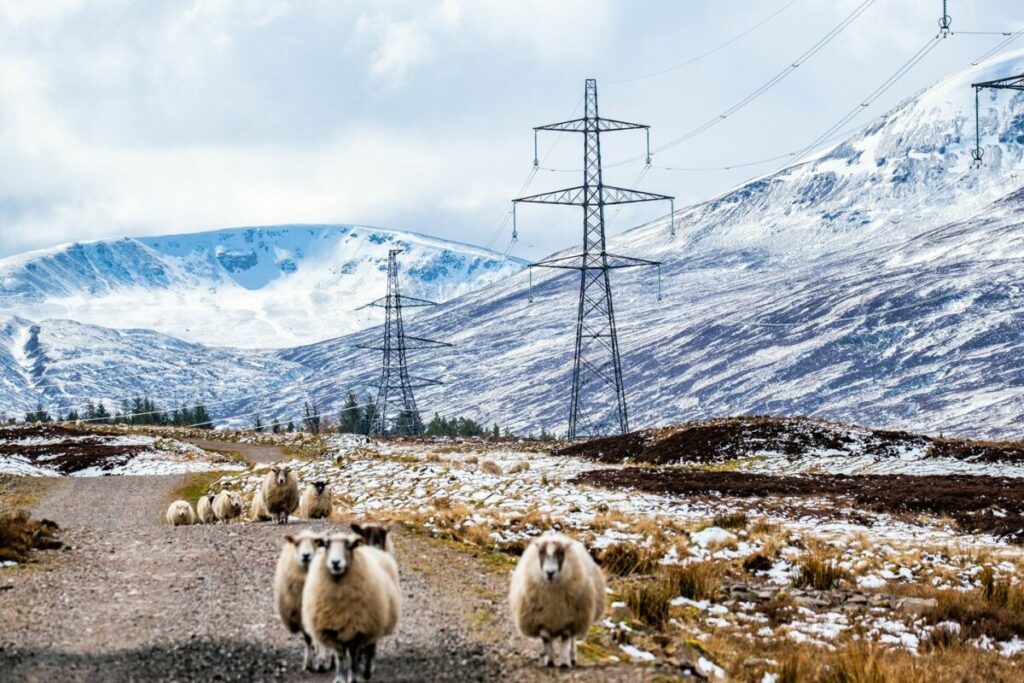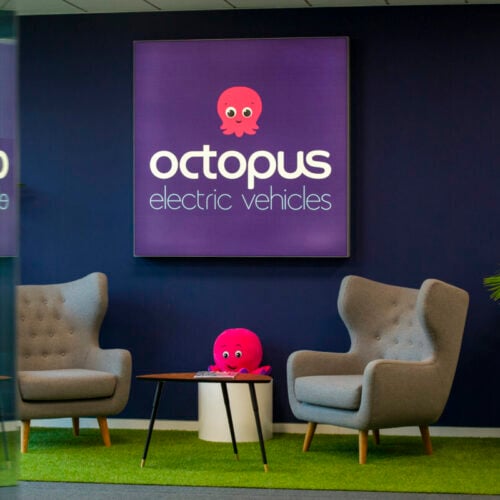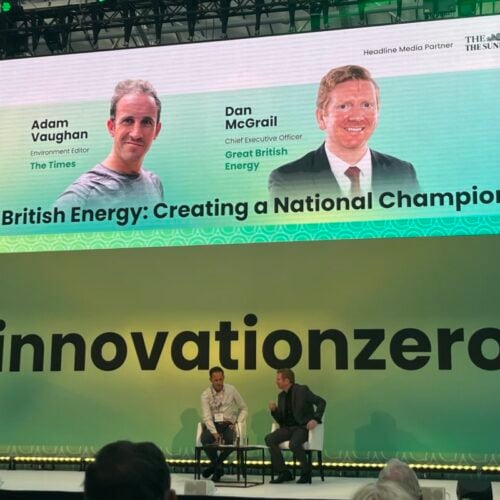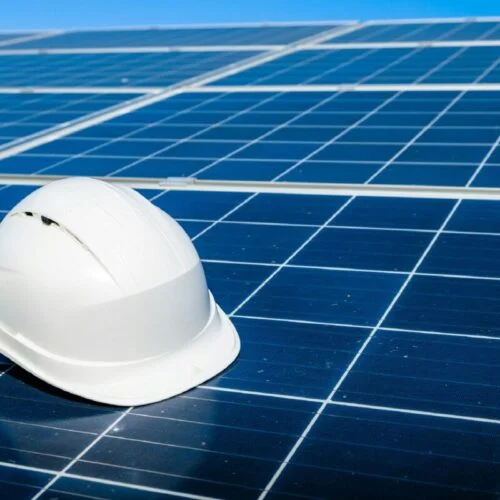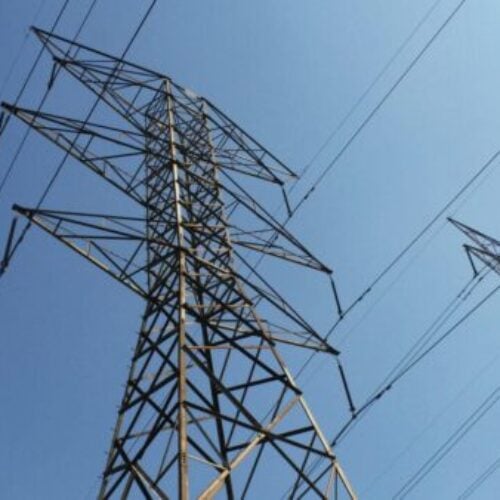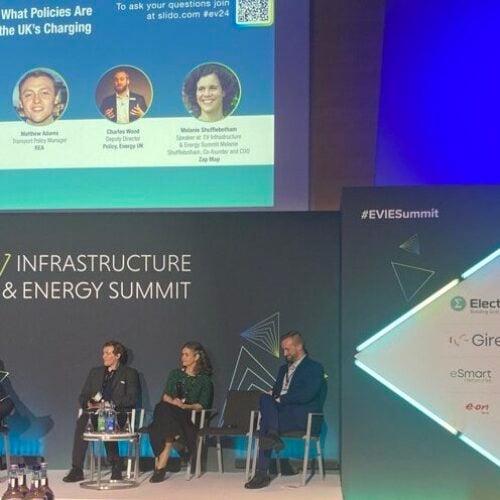The Energy Networks Association (ENA) has unveiled a new plan that, if realised, could unlock 139GW of network capacity by 2035.
Alongside this unlocked network capacity, the industry plan could also accelerate grid connection dates for around 71GW of customer projects. In doing so, this could help deliver and exceed the required 225GW needed to decarbonise the grid.
Detailed within the Rising to Britain’s Net Zero Challenge: Our fairer and faster connections action plan report which was released by the ENA yesterday (12 December), the industry body stated that four significant steps have been implemented already this year that has already unlocked additional grid capacity – nearly 50GW to be exact.
These referenced measures include the shift to a “first ready, first connected” process which is set to replace the previous “first come, first served” grid connection process. Implementing this alongside cleaning up the transmission entry capacity (TEC) register could release up to 90GW of capacity, the ENA said.
It is worth noting that National Grid ESO’s procedure in mandating the “first ready, first connected” approach is well underway with the organisation having published its final recommendations on 5 December.
The ENA’s report also pointed towards the acceleration of up to 70GW of grid applications, something that will be enabled by allowing applicants to connect faster, before enabling works are completed. This will be achieved through flexible contracts, which the ENA said would get “more customers onto the network and in a fairer way”.
Another aspect that has seen significant development over the year is energy storage with the ENA revealing that nearly 3GW of capacity could be released as result. This has been an ongoing process and the report detailed that storage projects have increased by 5,930% from 2019 and, due to how these are connected, they contribute hugely to grid constraints.
It is worth noting that National Grid recently revealed that it would accelerate the connection of up to 10GW of battery energy storage projects across England and Wales with these being offered dates to plug in, on average, four years earlier than their current agreement.
The final factor ENA referenced are efforts to make the network planning process more coordinated and realistic. Doing so could release 46GW of capacity and accelerate future customer applications.
ENA unveils two additional steps to complete the action plan
However, the ENA outlined two new additional steps that complete the action plan. This includes strengthening and tightening the application process and improving coordination between transmission and distribution operators.
The ENA intends to strengthen and tighten the application process by making it more discerning. This will provide more information to the market, request more data from applicants and standardise pre-application engagement.
The second factor recognises the continued interdependence between connections at distribution and transmission levels calling on network operators to continue to develop new ways to improve coordination.
Lawrence Slade, chief executive of the Energy Networks Association, said: “We need to pull out all the stops to accelerate and improve grid connections and this plan gets us the capacity we need in just one more year to decarbonise the grid.
“The industry action plan we’ve set out today includes new ways to strengthen and tighten up the application process for connections to ensure only projects with a realistic chance of coming to fruition are approved, as well as a redoubling of efforts to improve coordination between transmission and distribution operators which we know will be more streamlined and ultimately, fairer for customers.
“Uptake of the benefits outlined by ENA will depend on the ability of the market to progress projects, including the number of projects which are in the current queue but turn out to be not viable. These so-called ‘zombie projects’ take up valuable capacity in the queue which could be released for other projects which are viable and ready to connect.”
